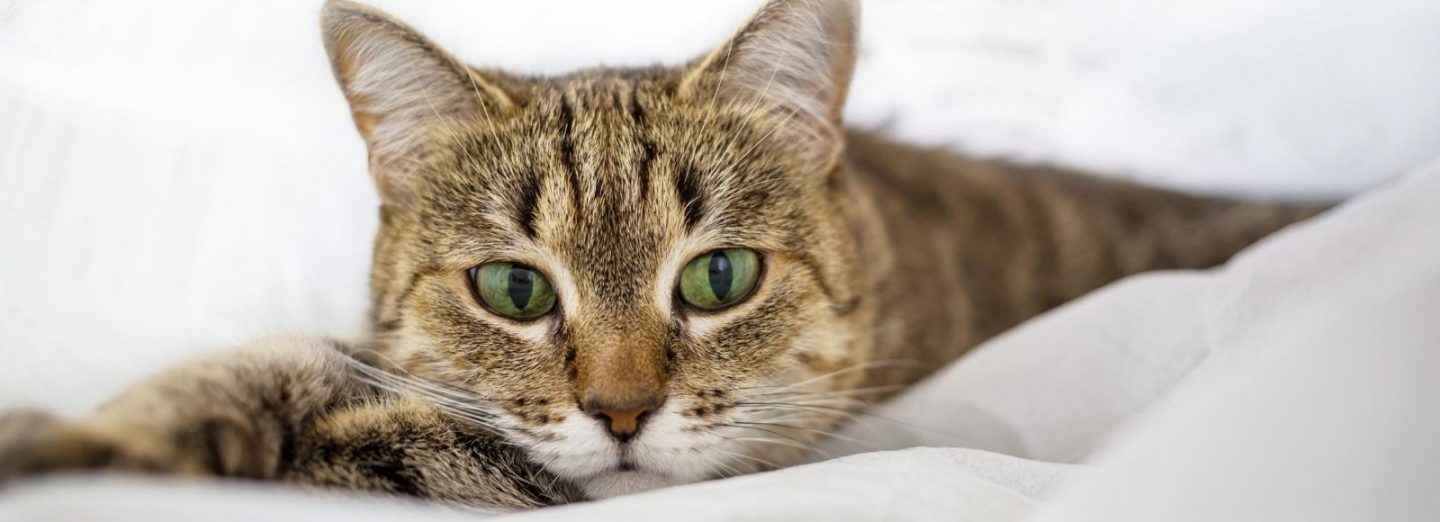That’s Cont…. make that, catentious!
LG Leader August 2020
We are aware that cat controls are fast becoming a contentious issue for a number of councils. Varying approaches by councils have been recently reported in the media. It has also been reported that the Parliamentary Legislative Review Committee (which is responsible for reviewing council by-laws) has raised concerns regarding and, on 1 July 2020, ‘quashed’ a cat by-law that purported to confer powers to seize and detain cats upon authorised officers. The Minster for the Environment and Water has since proposed to progress a ‘model’ by-law to address roaming cats.
The following are relevant considerations in this context:
- whilst section 90 of the Dog and Cat Management Act 1995 (“the DCM Act”) extends the scope of the Council’s by-law making powers to by-laws for the management of cats in its area, the power to adopt a cats by-law derives from the Local Government Act 1999 (“the Act”). Once adopted, a cats by-law is taken to be made under the Act (not the DCM Act);
- the effect of this is that any enforcement of a cats by-law occurs under the Act. In particular:
- a person appointed by the Council as an authorised person under section 260 of the Act may exercise powers under section 261 to enforce the by-law. For example, issue expiations for breach and/or give directions reasonably required for enforcement. Such direction could, in the context of a breach of a cats by-law, extend to directing a person to cause a cat to be detained at a location determined by the Council for a specified period; and
- pursuant to section 262 of the Act, an authorised person may issue an order to a person who is in contravention of a by-law to stop the offending conduct and, whether or not that conduct is continuing, take specified action to remedy the contravention. Again, such an order could extend to surrendering cats to the Council. If a person fails to comply with such an order an authorised person can take the action reasonably required to have the order carried out – this could be seizing the cats from a property;
- the DCM Act is considered to ‘cover the field’ in respect of the seizure and detention of cats. As such, a by-law that purported to confer power on a council to seize cats beyond the circumstances prescribed by the DCM Act is at risk of being challenged on the grounds it is contrary to the rules and principles attaching to by-laws that are prescribed by the Act and, in turn, beyond a council’s power; and
- for the sake of completeness, Division 2 of Part 5A of the DCM Act provides for the destruction, detention and seizure of cats in prescribed circumstances and confers powers on persons appointed as authorised officers under the Act for this purpose. These powers, however, are separate and distinct from the powers under the Act that are available to a council to enforce its by-laws (including those referred to above) – albeit the powers are not mutually exclusive and can be used on a complementary basis to assist a council in achieving its cat management objectives.
For further information contact Cimon Burke on cburke@kelledyjones.com.au or 08 8113 7105.

